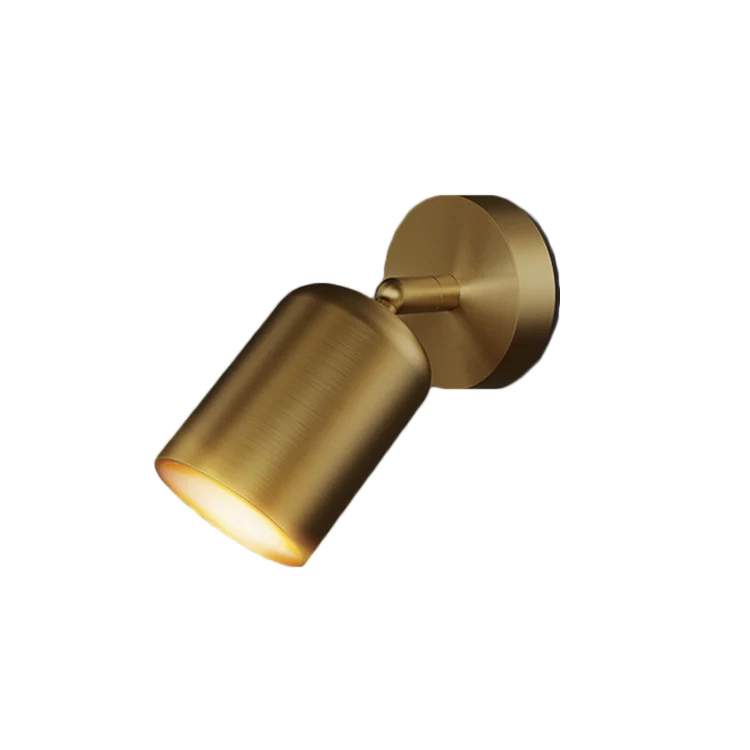LEAFLETS
PRODUCTS
Table Lamp Artistic Expression
The Language of Form and Shape
The form of a table lamp is arguably its most immediate and impactful artistic statement. A simple, cylindrical base paired with a slender neck and a classic shade communicates a sense of understated elegance, while a sculpted base of swirling curves and intricate details speaks of opulence and artistic flair. The interplay of lines, curves, and angles creates a visual language that conveys specific emotions and design philosophies. Consider the stark geometric shapes of a mid-century modern lamp, versus the organic, flowing lines of an Art Nouveau piece. Each form evokes a distinct feeling, influencing the overall mood of the room it inhabits.
The silhouette of the lamp is equally crucial. A wide, flared shade casts a soft, diffused light, ideal for creating a relaxing atmosphere. Conversely, a narrow, focused shade provides a more directed illumination, perfect for reading or task lighting. These subtle variations in shape directly contribute to the lamp’s artistic expression, demonstrating how even seemingly insignificant details can significantly impact the overall aesthetic.
Materiality and Texture: A Tactile Experience
The materials used in the construction of a table lamp are another critical aspect of its artistic expression. The cool, smooth surface of a glass lamp contrasts sharply with the warm, rustic texture of a ceramic or wooden one. The shimmering elegance of a metallic finish differs drastically from the matte simplicity of a painted surface. The choice of material inherently influences the lamp's visual appeal, adding layers of complexity to its design.
Beyond visual appeal, the texture of the lamp also plays a significant role in its artistic impact. The rough-hewn surface of a handcrafted lamp evokes a sense of authenticity and craftsmanship, while a highly polished surface exudes sophistication and refinement. The tactile qualities of the lamp invite physical interaction, encouraging a closer examination and appreciation of its artistic merits. Running your hand along the cool glass of a vintage lamp or feeling the intricate carvings of a wooden base creates a more intimate connection with the artwork.
Light and Shadow: The Dynamic Element
A table lamp isn't merely a static object; it’s a dynamic element that interacts with its environment through the manipulation of light and shadow. The way a lamp casts light dramatically influences the mood and atmosphere of a room. A soft, diffused glow creates a sense of warmth and intimacy, while a sharp, focused beam provides a more functional and task-oriented illumination.
The interplay of light and shadow created by the lamp's shade and form can be surprisingly dramatic. Shadows cast by the lamp can add depth and dimension to a space, highlighting specific architectural features or creating intriguing patterns on the surrounding walls. The subtle shifts in light and shadow throughout the day further enhance the lamp's dynamic artistic character. A well-designed lamp utilizes these elements to create a visually engaging and atmospheric experience.
Color and Pattern: Adding Personality
Color and pattern play a crucial role in establishing the personality and mood of a table lamp. A bold, vibrant color can add a pop of energy to a space, while a more subdued, neutral tone creates a sense of calm and serenity. The use of patterns, whether geometric, floral, or abstract, further enriches the lamp's aesthetic, adding depth and visual interest.
The interaction between the lamp's color and the surrounding environment is also crucial. A brightly colored lamp can serve as a focal point, drawing the eye and adding a touch of individuality. Conversely, a lamp that harmonizes with its surroundings can create a sense of unity and cohesion. The careful selection of color and pattern allows for a highly personalized artistic expression, reflecting the owner's unique style and preferences.
Beyond Functionality: The Artistic Statement
Ultimately, the artistic expression of a table lamp extends beyond its purely functional role. It transcends the mere provision of light to become a statement piece, a reflection of personal taste, a conversation starter, and an element that contributes significantly to the overall ambiance of a space. It's a testament to the power of design to elevate everyday objects into works of art.
Choosing a table lamp is more than just selecting a source of illumination; it's a decision that shapes the visual narrative of a room, reflecting the aesthetic sensibilities of its inhabitant. By understanding the interplay of form, material, light, and color, one can appreciate the significant artistic potential inherent in even the most humble of table lamps. The next time you encounter a table lamp, take a moment to consider its artistic contribution to the space it occupies, and you might be surprised by what you discover.
SUBSCRIBE
INQUIRY










